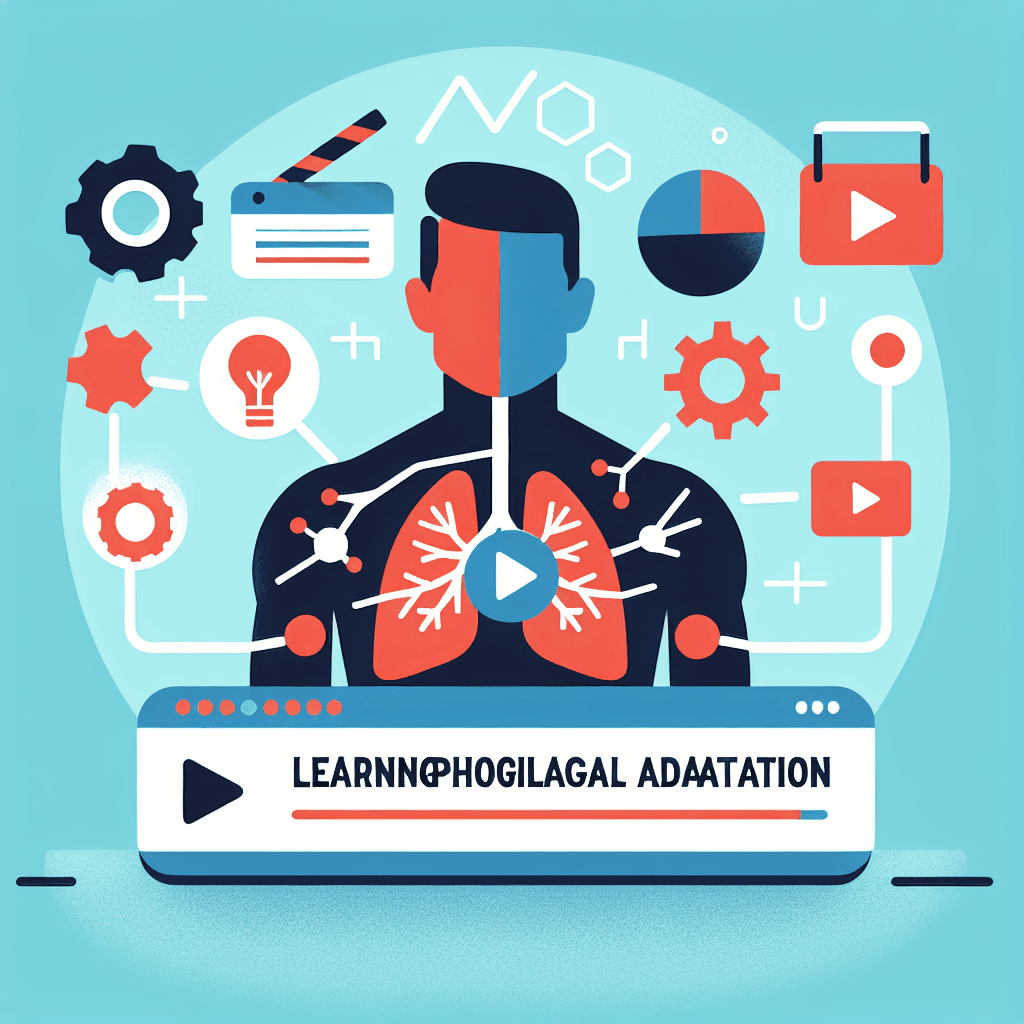Learn: Physiological Adaptation
Concept-focused guide for Physiological Adaptation (no answers revealed).
~7 min read

Overview
Welcome! In this deep dive, we’ll unravel key physiological adaptation concepts crucial for safe, effective nursing care—especially for the NCLEX-RN. You’ll learn how bodies maintain optimal temperature, manage complex therapies like hemodialysis and ventilation, care for devices (pacing, drains, catheters), and recognize complications fast. By the end, you’ll be ready to analyze questions, apply reasoning, and make confident clinical decisions on test day and beyond.
Concept-by-Concept Deep Dive
1. Thermoregulation and Temperature Management
What It Is:
Thermoregulation is the body’s process of maintaining its core internal temperature within a narrow, optimal range, despite environmental changes. It’s essential for metabolic and enzymatic functions, and deviations can indicate underlying illness or injury.
Components/Subtopics:
- Normal Temperature Ranges: Know the standard adult ranges in both Fahrenheit and Celsius.
- Fever vs. Hypothermia: Recognize clinical signs (e.g., shivering, confusion, tachycardia for fever; slurred speech, bradycardia for hypothermia).
- Interventions: Use of antipyretics, cooling/warming blankets, and environmental modifications.
Reasoning Recipe:
- Assess the patient for temperature deviations.
- Identify possible causes (infection, environment, medication).
- Implement interventions based on whether temperature is high or low.
- Monitor for complications (e.g., dehydration with fever; arrhythmias with hypothermia).
Common Misconceptions:
- Normal temperature can vary among adults and is affected by the measurement site.
- Not all fevers require aggressive intervention—consider clinical context.
2. Vascular Access and Device Management
What It Is:
This covers the care and monitoring of devices such as central lines, arterial lines, pacing devices, and wound drains. Correct use and vigilant monitoring prevent complications like infection, thrombosis, or device malfunction.
Key Devices & Topics:
- Pacing Devices: Used for arrhythmias; monitor for signs of malfunction (failure to pace, infection at site).
- Arterial Lines: Inserted for continuous blood pressure monitoring and blood sampling; most commonly placed in specific arteries.
- Central Lines: Risk of pneumothorax, infection, thrombosis.
- Wound Drains: Facilitate removal of fluid to prevent hematoma or seroma.
- Telemetry: Monitors heart rhythms; interpret changes promptly.
Reasoning Recipe:
- Confirm device placement and function.
- Monitor for early signs of complications.
- Educate patients about device care and restrictions.
Common Misconceptions:
- All central lines have the same risk profile—site and technique matter.
- Telemetry alarms are always accurate—verify before acting.
3. Renal Replacement Therapies (Hemodialysis & Peritoneal Dialysis)
What It Is:
When kidneys fail, dialysis removes toxins, excess fluid, and manages electrolytes. Knowing indications, mechanisms, dietary restrictions, complications, and nursing roles is vital.
Subtopics:
- Hemodialysis: Uses a machine and dialyzer to filter blood; watch for hypotension, infection, and dietary modifications (especially potassium, fluid, protein).
- Peritoneal Dialysis: Uses the peritoneum as a filter with dialysate; risk of peritonitis, hyperglycemia, and catheter complications.
- Continuous Renal Replacement Therapy (CRRT): Used in critical care for unstable patients; requires close monitoring.
Reasoning Recipe:
- Assess patient readiness and access site integrity.
- Monitor vital signs and fluid balance during/after therapy.
- Educate on dietary/fluid restrictions.
- Recognize complications early (infection, hypotension, disequilibrium syndrome).
Common Misconceptions:
- Peritoneal dialysis is always safer; infection risk is significant.
- Hemodialysis fixes all lab abnormalities immediately—some require additional intervention.
4. Pulmonary Hygiene and Ventilatory Support
What It Is:
Pulmonary hygiene encompasses interventions to clear airways and prevent complications, especially in postoperative and ventilated patients. Mechanical ventilation, suctioning, and physiotherapy are central to respiratory care.
Subtopics:
- Incentive Spirometry & Chest Physiotherapy: Prevent atelectasis and promote lung expansion.
- PEEP (Positive End-Expiratory Pressure): Keeps alveoli open; must balance oxygenation needs against risk of barotrauma.
- Suctioning: Clears secretions; overuse can cause hypoxemia or mucosal injury.
- Chest Tubes and Thoracentesis: Remove air/fluid from pleural space.
- Pulmonary Complications: Prevent pneumonia, aspiration, and ventilator-associated injury.
🔒 Continue Reading with Premium
Unlock the full vlog content, professor narration, and all additional sections with a one-time premium upgrade.
One-time payment • Lifetime access • Support development
Join us to receive notifications about our new vlogs/quizzes by subscribing here!